Chinese laboratory ‘mapped’ deadly Coronavirus two weeks before Beijing told the world, documents show
As inquiries continue into whether Covid first emerged from an infected animal or a scientific leak, new documents suggest a full accounting is still missing.
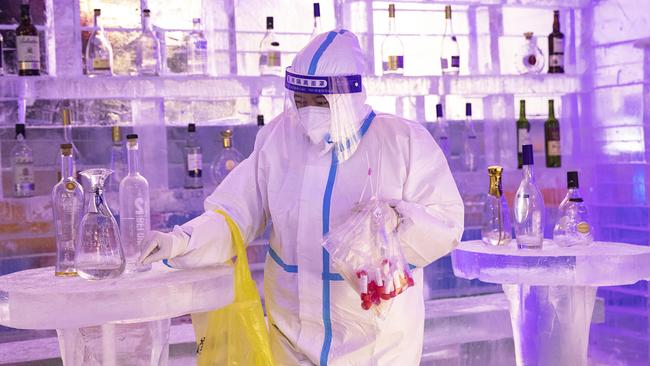
Chinese researchers isolated and mapped the virus that causes Covid-19 in late December 2019, at least two weeks before Beijing revealed details of the deadly virus to the world, US congressional investigators said, raising questions anew about what China knew in the pandemic’s crucial early days.
Documents obtained from the US Department of Health and Human Services (HHS) by a House of Representatives committee and reviewed by The Wall Street Journal show that a Chinese researcher in Beijing uploaded a nearly complete sequence of the virus’s structure to a US government-run database on December 28, 2019.
Chinese officials at that time were still publicly describing the disease outbreak in Wuhan, China, as a viral pneumonia “of unknown cause” and had yet to close the Huanan Seafood Wholesale Market, site of one of the initial Covid-19 outbreaks.
China shared the virus’s sequence with the World Health Organisation only on January 11, 2020, according to US government timelines of the pandemic.
The new information doesn’t shed light on the debate over whether Covid emerged from an infected animal or a lab leak, but it suggests that the world still doesn’t have a full accounting of the pandemic’s origin.
The extra two weeks could have proved crucial in helping the international medical community pinpoint how Covid-19 spread, develop medical defences and get started on an eventual vaccine, specialists have said.
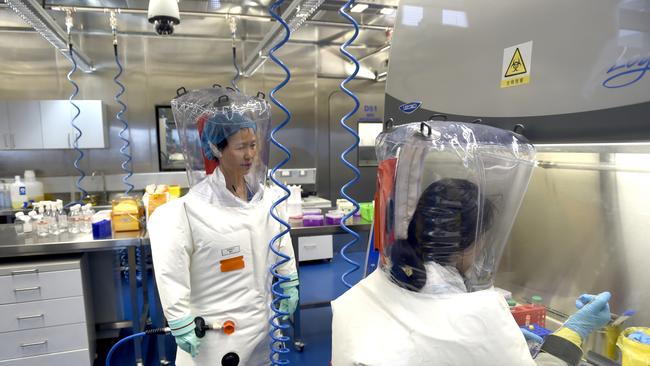
In late 2019, scientists and governments worldwide were racing to understand the mystery disease eventually named Covid-19 that would kill millions and sicken many more.
It “underscores how cautious we have to be about the accuracy of the information that the Chinese government has released”, said Jesse Bloom, a virologist at the Fred Hutchinson Cancer Centre in Seattle who has reviewed the documents and the recently discovered gene sequence.
“It’s important to keep in mind how little we know.”
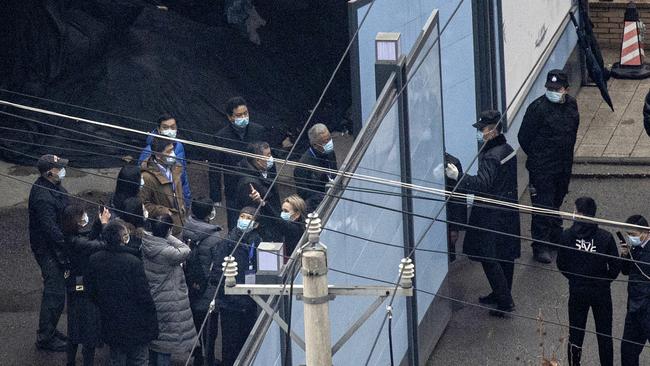
The Chinese researcher who submitted the virus sequence, Lili Ren of the Beijing-based Institute of Pathogen Biology, didn’t respond to an email seeking comment. The institute is part of the state-affiliated Chinese Academy of Medical Sciences.
“China has kept refining our Covid response based on science to make it more targeted,” a Chinese Embassy spokesperson said. “China’s Covid response policies are science-based, effective, and consistent with China’s national realities. They can stand the test of history.”
The documents describing a new timeline were obtained by Republicans on the House energy and commerce committee after the committee threatened to subpoena the HHS.
Melanie Egorin, HHS assistant secretary for legislation, wrote last month to the committee’s chair, Republican representative Cathy McMorris Rodgers, that Dr Ren submitted the virus sequence on December 28, 2019, to a genetic database, GenBank, run by the US National Institutes of Health.
The first known publication of the sequence of the Covid virus, called SARS-CoV-2, came on January 11, 2020, after Chinese authorities shared the information with the World Health Organisation.

In addition, the US Centres for Disease Control and Prevention in Atlanta says the virus sequence was shared within China with China’s equivalent of the CDC on January 5 but not made known globally to scientists.
The sequence that Dr Ren provided in December 2019 was never published and was deleted from the database on January 16, 2020, after NIH, following its protocols, asked her for more technical details and she didn’t respond, Ms Egorin wrote. It is unclear why Dr Ren didn’t respond.
On January 12, NIH received and published a SARS-CoV-2 sequence from another source.
“The sequence published on January 12, 2020, was nearly identical to the sequence that was submitted by Lili Ren,” Ms Egorin told the committee.
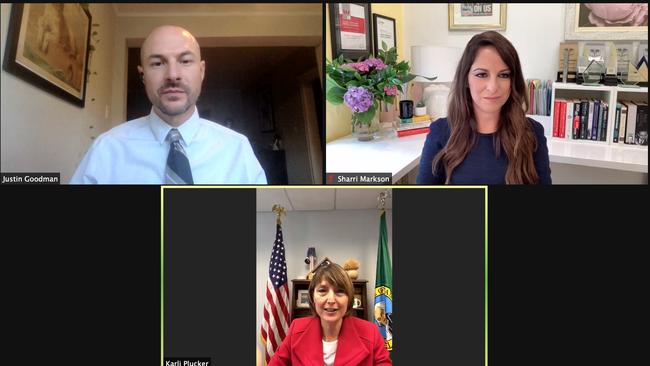
The discovery that a researcher in the state-affiliated Chinese lab had isolated and mapped the virus well before Beijing revealed publicly that it had done so shows the US “cannot trust any of the so-called ‘facts’ or data provided by the CCP and calls into serious question the legitimacy of any scientific theories based on such information,” Ms McMorris Rodgers said in a statement.
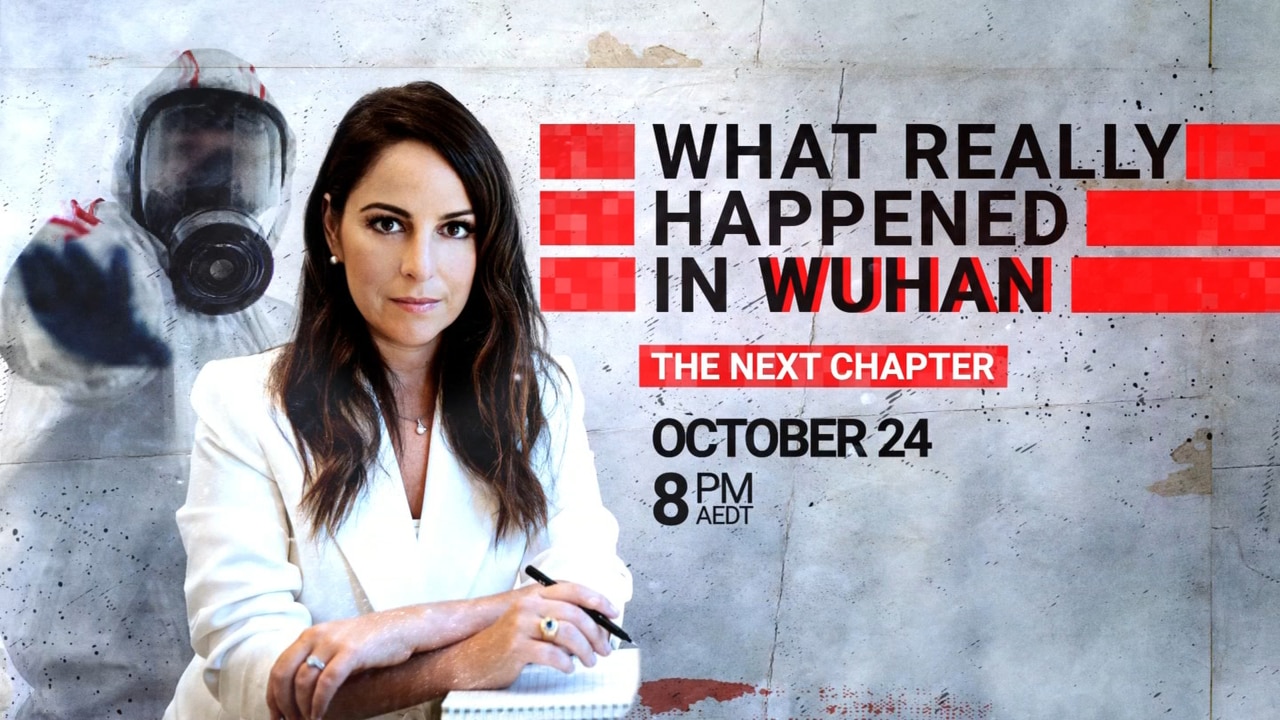
The committee has spent months probing Covid’s origins, US government funding of overseas research and other issues.
HHS and NIH didn’t respond to requests for comment on why information about Dr Ren’s submission wasn’t made public earlier.

While the existence of an accurate Covid virus sequence in a US database wasn’t previously known, Dr Ren has written in the past about her search for Covid’s causes.
In a May 2020 article in Chinese Medical Journal, a scientific publication, she and her colleagues described how samples were taken from five patients at a hospital in Wuhan, China, between December 18 and December 29, 2019.
Sequencing, they wrote, revealed the presence of a new coronavirus “that is associated with severe and fatal respiratory disease in humans.”
Dr Ren is listed in contract documents as being a collaborator on a US-funded project to study how coronaviruses can be transferred from animals to humans. The work, which included collecting bat samples in China, was overseen by the nonprofit EcoHealth Alliance.
The Journal has previously reported that Chinese specialists met with the World Health Organisation in Beijing on January 3, 2020, but didn’t disclose that the new disease was caused by a coronavirus, a fact Chinese officials already knew.
“This [database] submission shows that in fact, at least by December 28, 2019, scientists within China did know this pneumonia was being caused” by a new coronavirus, said Mr Bloom, the virologist at the Fred Hutchinson Cancer Centre in Seattle.
Michael R. Gordon contributed to this article.
The Wall Street Journal


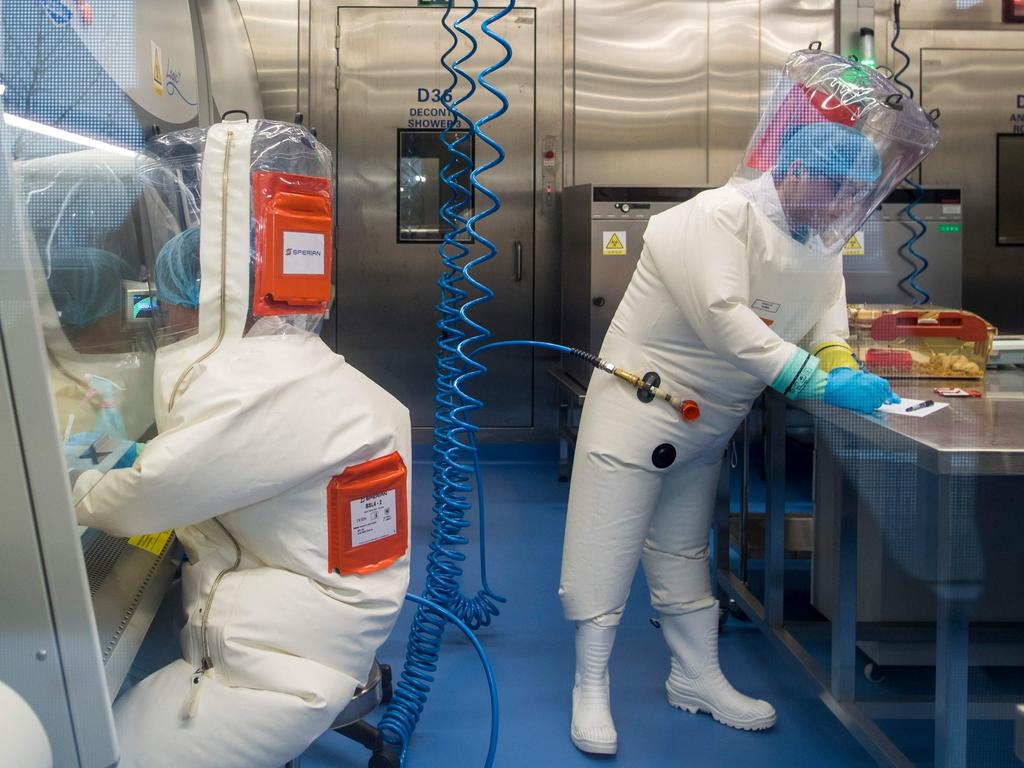
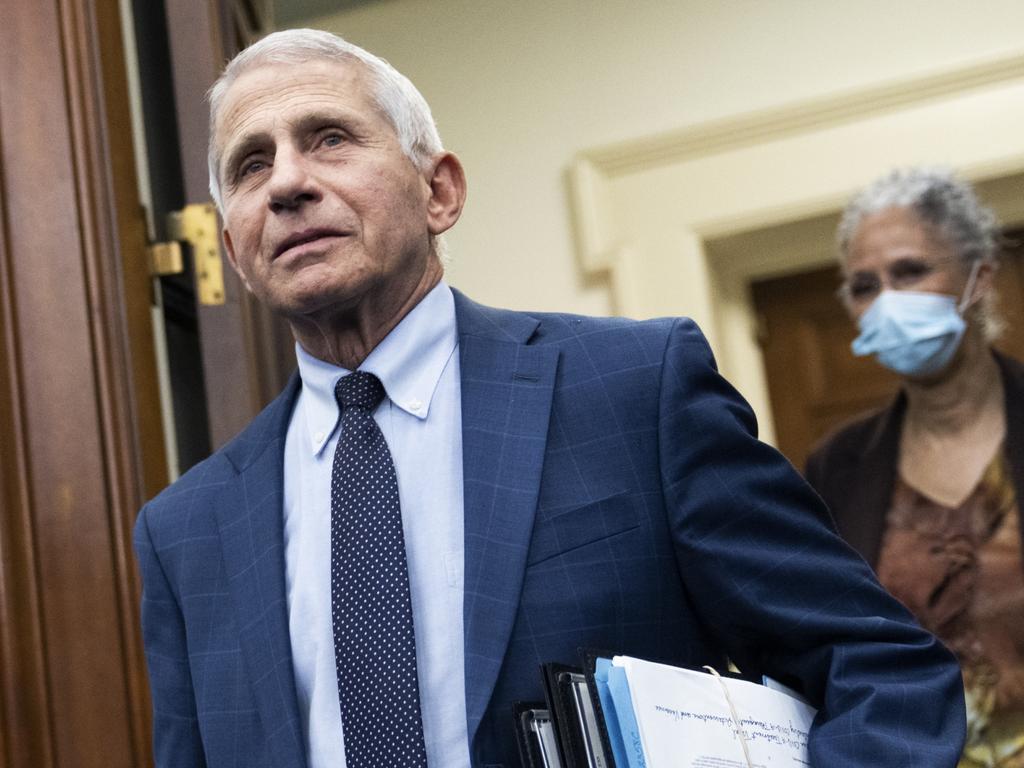
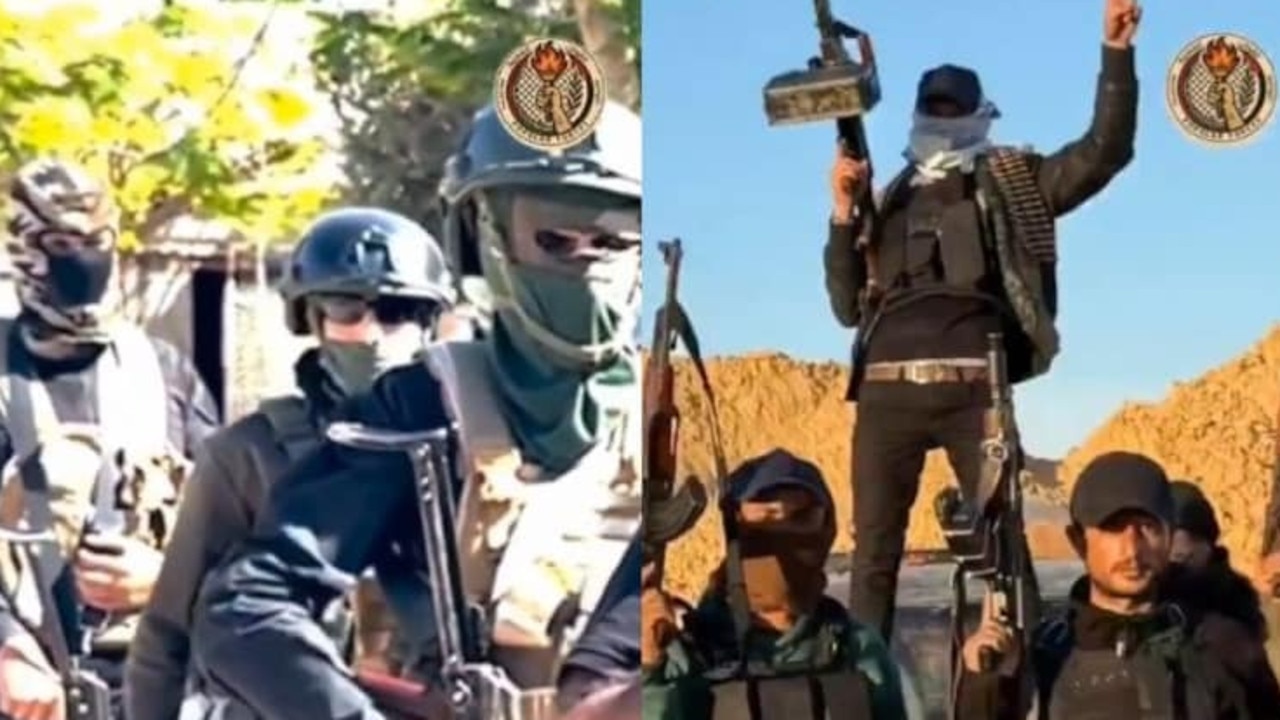

To join the conversation, please log in. Don't have an account? Register
Join the conversation, you are commenting as Logout